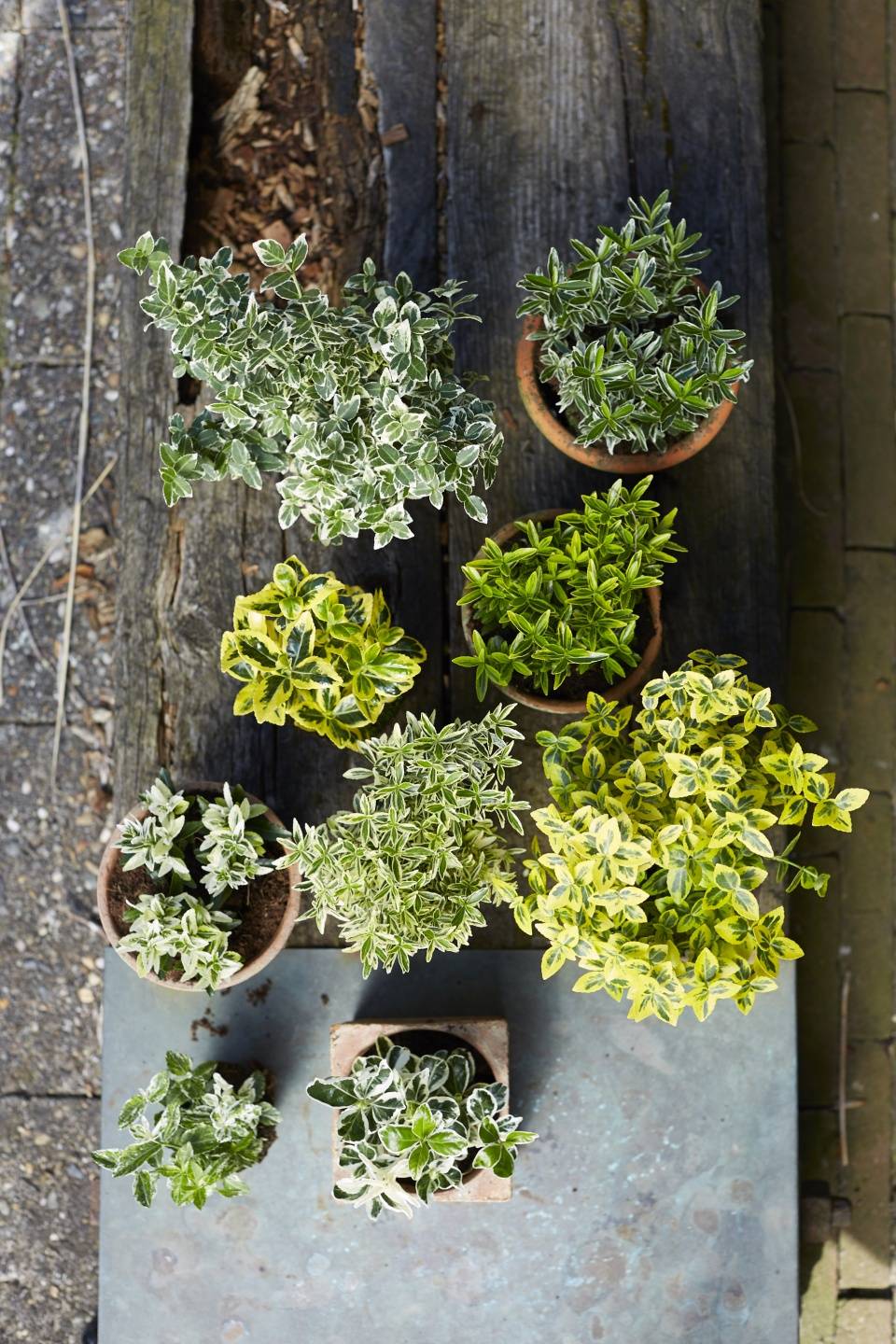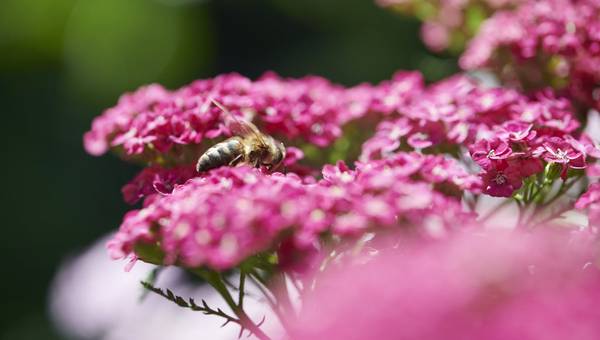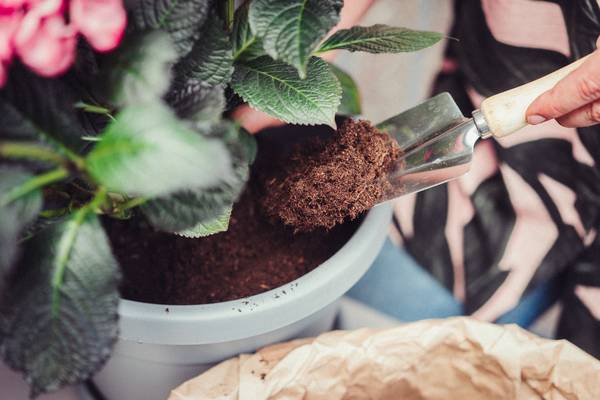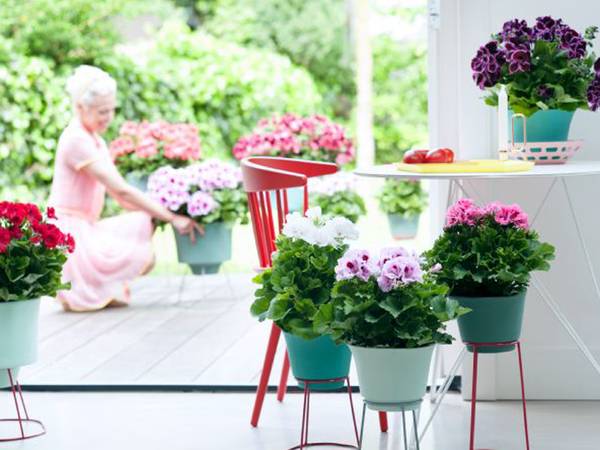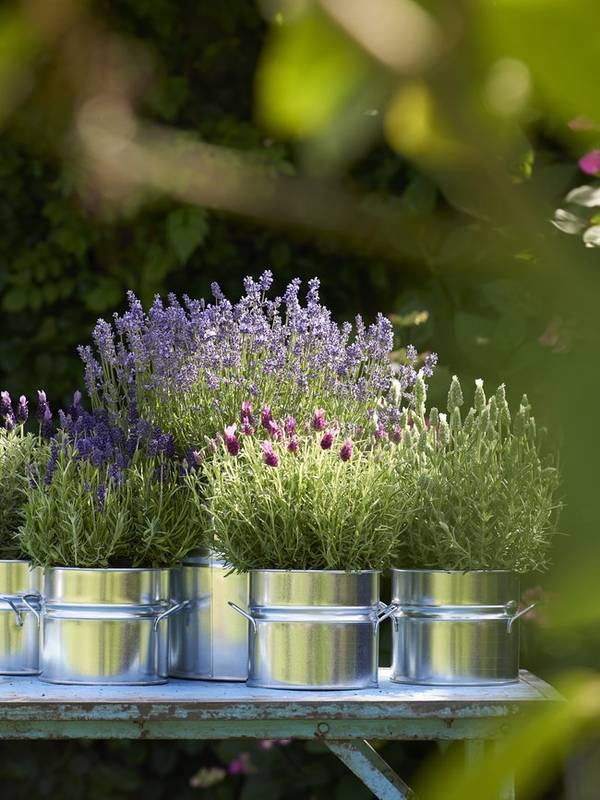
Care
- Spindle tree prefers a spot with some morning sun and otherwise partial shade.
- For species with variegated leaves the rule is: the more sun, the more variegated the leaves.
- The plant grows best on well-draining humus-rich soil.
- It’s better to thin out the lower branches than to prune. This should be done at the end of winter.
- Spindle tree is hardy.
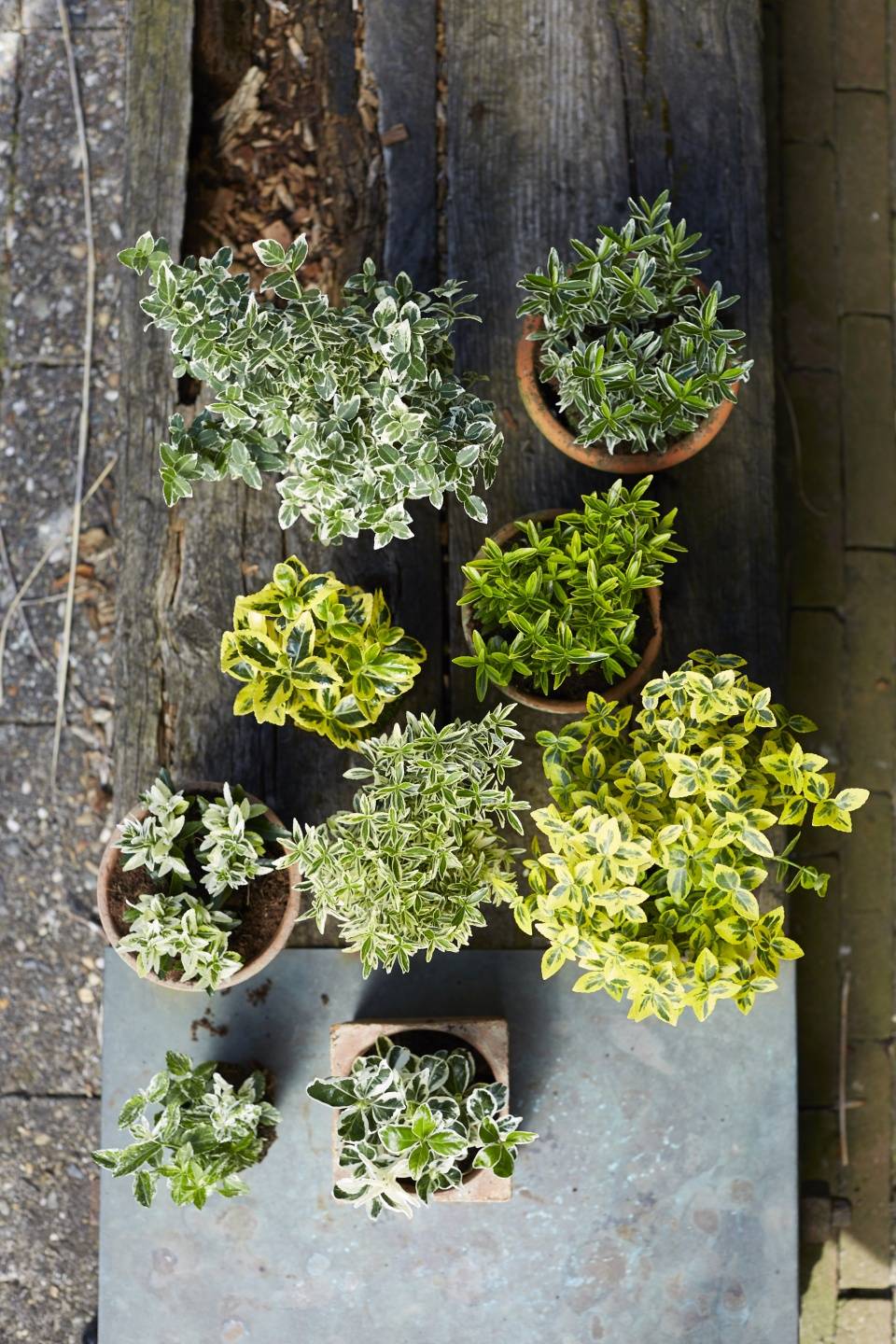
Spindle tree (botanical name: Euonymus) blooms in May with a host of densely packed yellowish white flowers. They are very appealing to bees because they contain lots of nectar. Over the course of the summer the flowers develop into berries that turn vivid red or bright pink in the autumn, depending on the species. The fruit have lids that spring open so that the orange seeds can be released. Birds love them. After the first night frost, more and more leaves fall from the bush. The berries remain in place for some time, and their red colour means that they stand out in the increasingly bare garden. The shrub can reach a height of 4 metres, and is suitable for creating an informal-looking hedge. There is also creeping variety that can be used as groundcover or a climber: it uses its clinging roots to clamber upwards.
Everybody’s friend
Spindle tree is a genus of around 170 to 180 species from the staff tree family, which consists of deciduous and evergreen shrubs and small trees. They occur widely in Europe, Asia, Australia, North America and Madagascar, where they like to grow in hornbeam forests and alongside streams.
Trivia
- The name ‘spindle tree’ refers to the fact that the wood was used to make spindles for spinning wool. The scientific name Euonymus is derived from the Greek words 'eu' and onama' which together mean ‘good name’ or - more broadly - ‘ good luck'.
- The orange skins of the seeds were used in the past to make a dye. The skins were also the main ingredient in a treatment for lice.
- Spindle tree’s word is yellow and very suitable for woodturning, making musical instruments and as an inlay wood.
